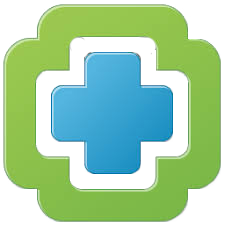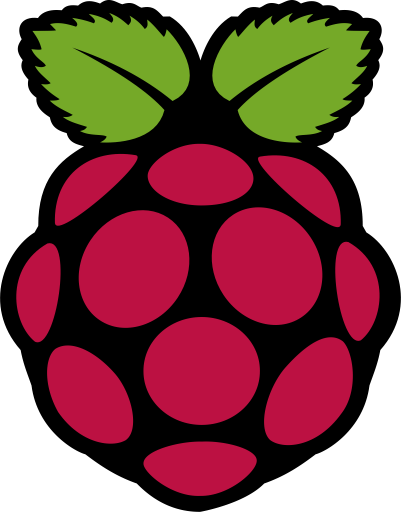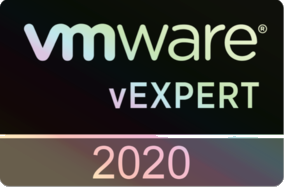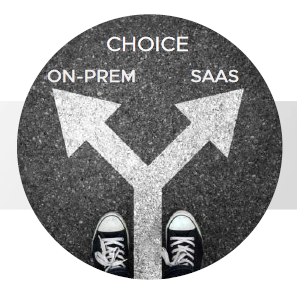 Written by Simon Eady
on 16/2/2021
Written by Simon Eady
on 16/2/2021
Using vRealize Orchestreator MP in vROps
Product Version - vRealize Operations 7.x and 8.x
A few years ago VMware released the Orchestrator MP which is a superb way to directly call vRO workflows from vROps by way of alerts and actions. This opens the door to all manner of ideas for conditional automation using vROps.
The limitation
Recently for a customer we planned to use the vRO MP to assist a customer with a very unique/niche challenge. vRO was a key component to the challenge and we identified a possible solution using the vRO MP in vROPs which for all intents and purposes looked ideal.
 Written by Simon Eady
on 15/2/2021
Written by Simon Eady
on 15/2/2021
vROps Remote Collectors - Design Considerations
Product Version - vRealize Operations 7.x and 8.x
As part of VMware Validated Designs tyically you would use Remote Collectors not just in different DCs but also local to the analytics cluster. However there are a circumstances where the rules “change”.
When using RecoverPoint or Site Recovery Manager
Design Assumption - you have Remote Collectors on your Primary Site and on your Failover Site.
 Written by Sam McGeown
on 15/12/2020
Written by Sam McGeown
on 15/12/2020
When I deploy a new service into a namespace, I need to create a new DNS record that makes it available. I’ve previously talked about using CoreDNS to host my lab DNS zones, but this is something different. I want to make a Kubernetes Service available using an existing Microsoft DNS server - which is already used by all the clients who would need to access the service.
To do this I will create a delegated zone under my existing zone cmbu.local that CoreDNS will be responsible for. Then I will use the k8s_gateway plugin to automatically create records for Services provisioned within my zone.
 Written by Sam McGeown
on 4/11/2020
Written by Sam McGeown
on 4/11/2020
To generate a basic authentication header from a username and password in Code Stream you could use a CI task and execute echo -n username:password | base64 in the shell then export the result for use later on. A more repeatable way is to create a Custom Integration that takes the two inputs, and returns the encoded header as an output.
To create the Custom Integration:
- Create a new Custom Integration named “Create Basic Authentication Header”
- Select the Runtime - the examples below are
shellandpython3respectively - Replace the placeholder code with the example from below
- Save and version the Custom Integration, ensuring you eanble the “Release Version” toggle
To use the Custom Integration in a pipeline:
 Written by Sam McGeown
on 7/10/2020
Written by Sam McGeown
on 7/10/2020
As more services go live on my Kubernetes clusters and more people start relying on them, I get nervous. For the most part, I try and keep my applications and configurations stateless - relying on ConfigMaps for example to store application configuration. This means with a handful of YAML files in my Git repository I can restore everything to working order. Sometimes though, there’s no choice but to use a PersistentVolume to provide some data persistance where you can’t capture it in a config file. This is where a backup of the cluster - and specifically the PersistentVolume is really important.
 Written by Sam McGeown
on 21/9/2020
Written by Sam McGeown
on 21/9/2020
If you’re anything like me, your home lab is constantly changing, evolving, breaking, rebuilding. For the last year or so I’ve been running all my home kubernetes workloads on a Raspberry Pi cluster - and it’s been working really well!
I’ve been through several iterations - for example firstly running on SD cards (tl;dr - it’s bad, they wear out really fast with Kubernetes on board!), then PxE booting them from my Synology to it’s now current state of booting directly from SSDs. I’ve also moved from Raspberry Pi 3s to 4s, I’ve played around with stacking cluster cases before landing on the current rack-mount format.
 Written by Sam McGeown
on 16/9/2020
Written by Sam McGeown
on 16/9/2020Where can you find me at VMworld 2020
VMworld 2020 is fast approaching (Sept 29th-October 1st), and in case you hadn’t heard, it online and free! If you struggle getting funding for tickets and flights normally, this could be a golden opportunity to get involved!
 Written by Sam McGeown
on 18/4/2020
Written by Sam McGeown
on 18/4/2020
In the most recent round of vExpert sub-program applications, I was asked to help review applications for the vExpert Cloud Management track. As part of the CMBU and a long-standing vExpert it made sense for me to help out, and I was happy to do so. I reviewed ~60 of the applications that were in my area - automation. The experience was an eye-opener. What follows is a distillation of what (not) to do when you’re writing your application.
 Written by Simon Eady
on 16/3/2020
Written by Simon Eady
on 16/3/2020
vROps Cluster without a Load Balancer (gotchas)
Product Version - vRealize Operations 7.5
While it is far from recomended to deploy a vROps Cluster without a loadbalancer there are circumstances where this is done.
Recently helping a customer deploy a couple of simple issues cropped up that were not immediately obvious as to why they were issues.
Unable to connect to Master Node when expanding the cluster
We hit this issue and initialy it was a question mark moment there were no firewalls in the way and network connectivity was good end to end.
 Written by Simon Eady
on 10/3/2020
Written by Simon Eady
on 10/3/2020
VMware have been very busy in the last few months across many of their products and Operations Management has not gone untouched. We saw glimpses of things to come late last year and now we see the Cloud Management Team in VMware really ramping things up with vRealize Operation 8.1
vRealize Operations Cloud
One of the bigger items to arrive very shortly is vRealize Operations Cloud (SaaS), this means you do not need to worry about standing vROps up in your environment to see what value it can bring to your infrastructure monitoring. It has the same feature set and UI as the on-premises offering.


